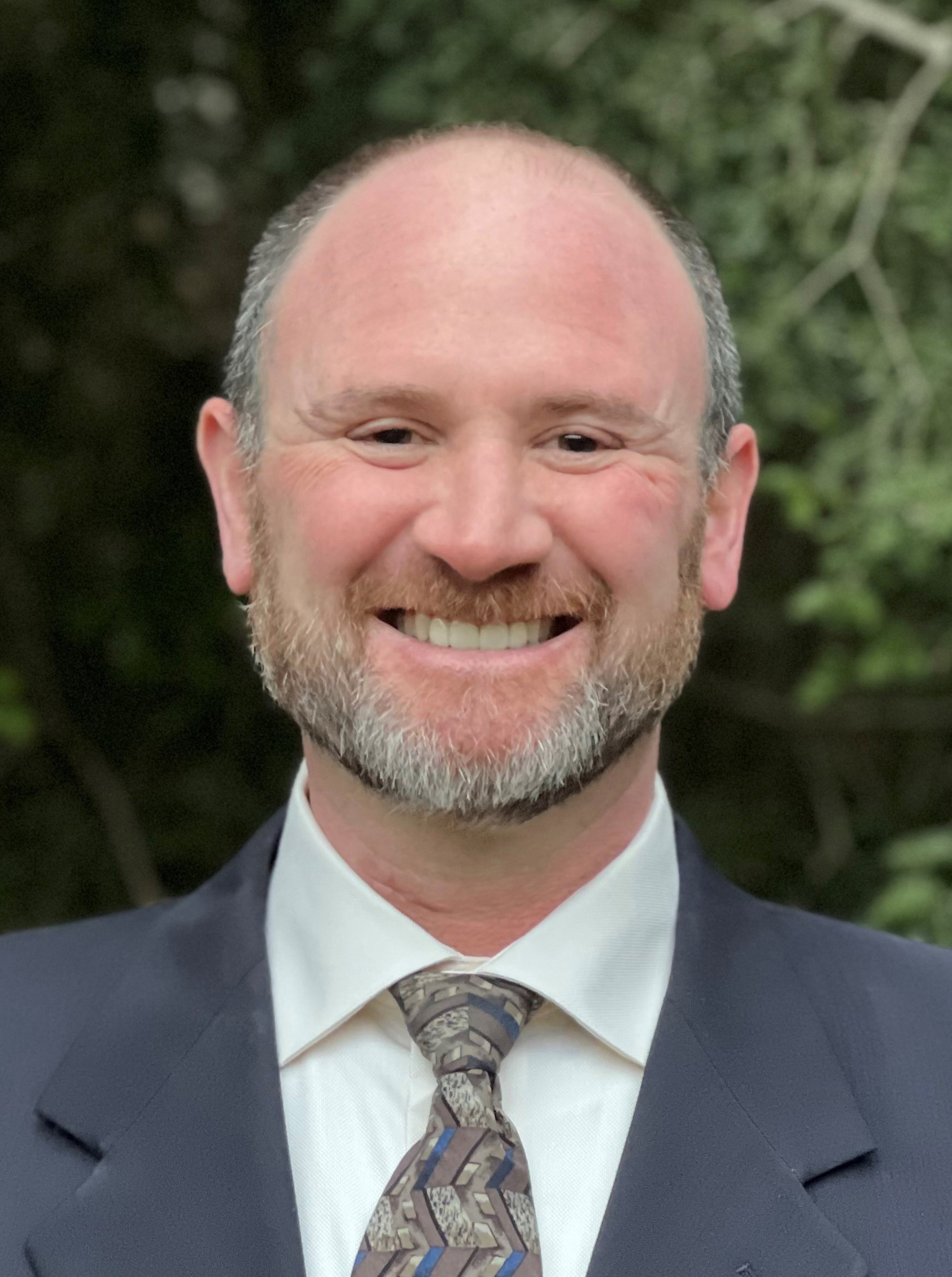Focus on RO: Combating Shortages in Radiation Oncology Staffing Requires Long-Term Investment, Creativity
By Michael Yunes, MD, ABR Associate Executive Director for Radiation Oncology
December 2023;16(6):7
For the past several years, our radiation oncology colleagues have been discussing challenges facing the clinical workforce. In addition to the discussion surrounding physician supply, these conversations have focused on the real or perceived undersupply of clinical physicists and dosimetrists available for employment. It was therefore somewhat surprising that the dialogue recently changed, and many hospitals and clinics are now also dealing with a shortage of radiation therapists.
In 2022, the Radiation Therapy Staffing and Workplace Survey was published, and although the response rate was only 4.3%, there were several interesting findings that corroborated what was being experienced in human resource offices. Including all regions of the country, an estimated 10.7% of radiation therapy positions and 11.3% of medical dosimetry positions were unfilled. As expected, there was significant regional, facility, and personal demographic variability among unfilled positions. From 2020 to 2022, the overall estimated vacancy rate of radiation therapy and medical dosimetry positions rose by 3.5% and 1.8%, respectively. Per linear accelerator, the mean number of radiation therapists was 2.4 and medical dosimetrists, 1.1.
While this survey does confirm the suspicions, it does not offer potential causes or recommendations on improving the number of trained radiation therapists and medical dosimetrists. We can postulate that the following factors have changed the dynamics of the industry and will last into the next decade.
- Due to the aging population, the U.S. Bureau of Labor Statistics estimates that an additional 1,000 radiation therapist positions will become available between 2021 and 2031. There are approximately 15,900 positions in the U.S. as of 2022.1
- There are approximately 100 schools in the U.S. accredited through the American Registry of Radiologic Technologists.2
- The COVID-19 pandemic led to early retirement for many therapists and rapidly convinced administrations that remote dosimetry was reasonable and viable. In addition, return to work requirements following COVID positive testing or exposure reduced the available pool of employees available to fill in gaps.3-4
- These changes have led to a rise in contract workers from vendors to support more remote workers.5
- Reimbursement declines reduced the available funds for recruiting and retention.6
- The modification of federal and state leave policies to dramatically and appropriately improve quality of life and work life balance has impacted available staffing for coverage.7
The causes of workforce challenges are multifactorial and evolving. Addressing and resolving these problems require a long-term investment in increased training and education of radiation therapists and medical dosimetrists, which will take time and dedicated resources. Meanwhile, in the clinic, finding creative optimal staffing solutions for safe patient care remains the top priority.
- U.S. Bureau of Labor Statistics. Occupational Outlook Handbook. Accessed November 9, 2023. https://www.bls.gov/ooh/healthcare/radiation-therapists.htm
- Campus Explorer. Online ARRT (Radiation Therapy) Accredited Degree Programs. Accessed November 9, 2023. https://www.campusexplorer.com/colleges/accredited-schools/arrt-accredited-radiation-therapy-schools/
- Chung C. The Impact of the COVID-19 Pandemic on the Field of Medical Dosimetry. Presented at the 46th annual meeting of the American Association of Medical Dosimetrists, June 6-10, 2021. Accessed November 9, 2023. https://pubs.medicaldosimetry.org/pub/0D73B777-FCC8-7C8B-7DAA-45EFA45DBDDC
- Riegel AC, Chou H, Baker J, Antone J, Potters L, Cao Y. Development and execution of a pandemic preparedness plan: Therapeutic medical physics and radiation dosimetry during the COVID-19 crisis. J Appl Clin Med Phys.2020 Sep; 21(9): 259–265.
- Aspekt Solutions. Why have all the dosimetrists gone remote? February 16, 2023 blog. Accessed November 9, 2023. https://aspektsolutions.com/why-have-all-the-dosimetrists-gone-remote/
- Hogan J, Roy A, Karraker P, Fischer-Valuck BW, Baumann JC, Baumann BC. Decreases in radiation oncology Medicare reimbursement over time: Analysis by billing code. Int J Radiat Oncol Biol Phys. 2022 Sep 1; 114(1): 47–56.
- U.S. Department of Labor. Wage and Hour Division. Family and Medical Leave Act. Accessed November 9, 2023. https://www.dol.gov/agencies/whd/fmla







